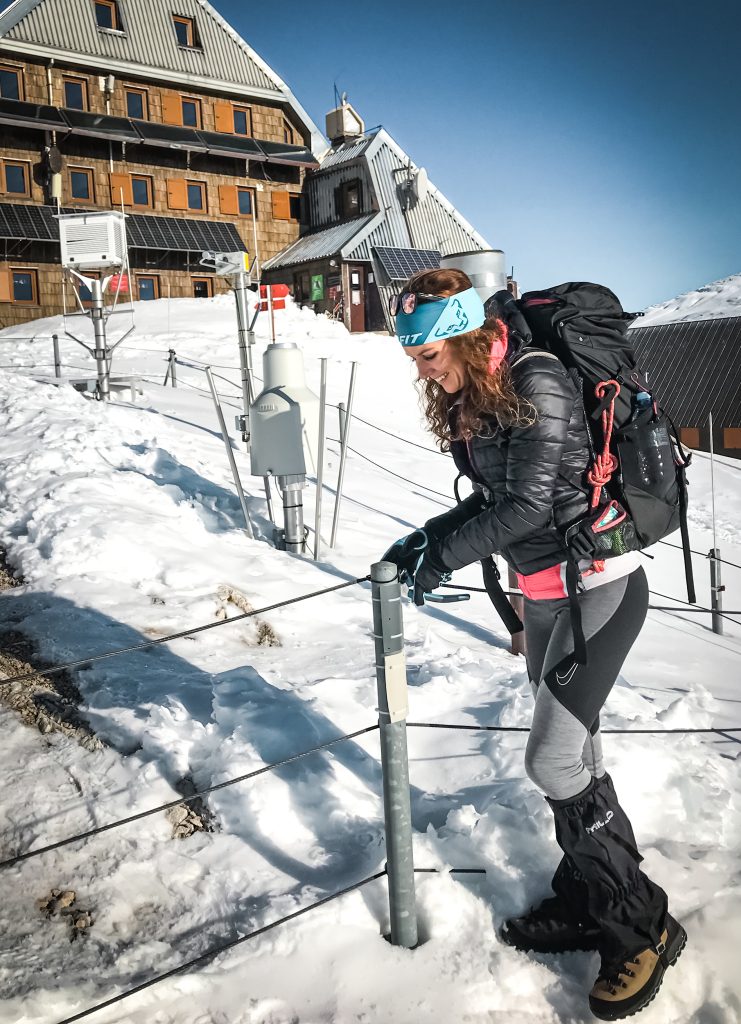The Church of St Nicholas (Nicholas) in Kataria is one of the seven branches of the Moravian parish. The church is known not only for its wall paintings, but also for the remains of the anti-Turkish camp.
Text by. Maja Avguštin, OE Kranj

The Church of St Nicholas has undergone individual minor interventions in the 20th century, and a comprehensive restoration only between 2016 and 2024. The murals were discovered in the 1960s. The cultural heritage conditions were aimed at protecting and presenting as much of the original material substance as possible, to be restored and protected as appropriate. The conservation and restoration work on the murals was led by Mag. Eva Tršar Andlovic. The work on the frescoes was carried out for two months a year over a period of five years. In addition, the secondary concrete pavement in the church was replaced with brick pavers and the interior of the church was renovated.
The Master of Srednje vasje pri Šenčurju (MSŠ), the author of the frescoes on Kataria, is, along with the Master of Žirovnica, an important representative of the Gorenjska mural painting of the late 15th century in the soft style. The characteristics of the style of MSŠ are reflected above all in the ciliately detailed drawing, which is even stripped of colour tinting. The programme of the mural consists of the following motifs: on the north wall, the motif of the March and tribute sthe Three Kingdoms. On the south wall there is a less well preserved scene of the Christ before Pilate, the next better preserved scene by the stairs to the choir staircase is the scene of Christ's coronation, the central motif on the western wall is located on the far left Crossings with Mary and John. The choir loft has motifs just above the floor Laying in the tomb, Christ in the pre-burnt place and Resurrection.
The colour retouches were done in the tratteggio technique. The retouches can be distinguished from the original due to the lighter colour shade. Surfaces with minor scattered damage have been retouched. Where the drawing has not survived, tonal levelling with two-colour lines has been applied. Major damaged areas were only colour matched.







